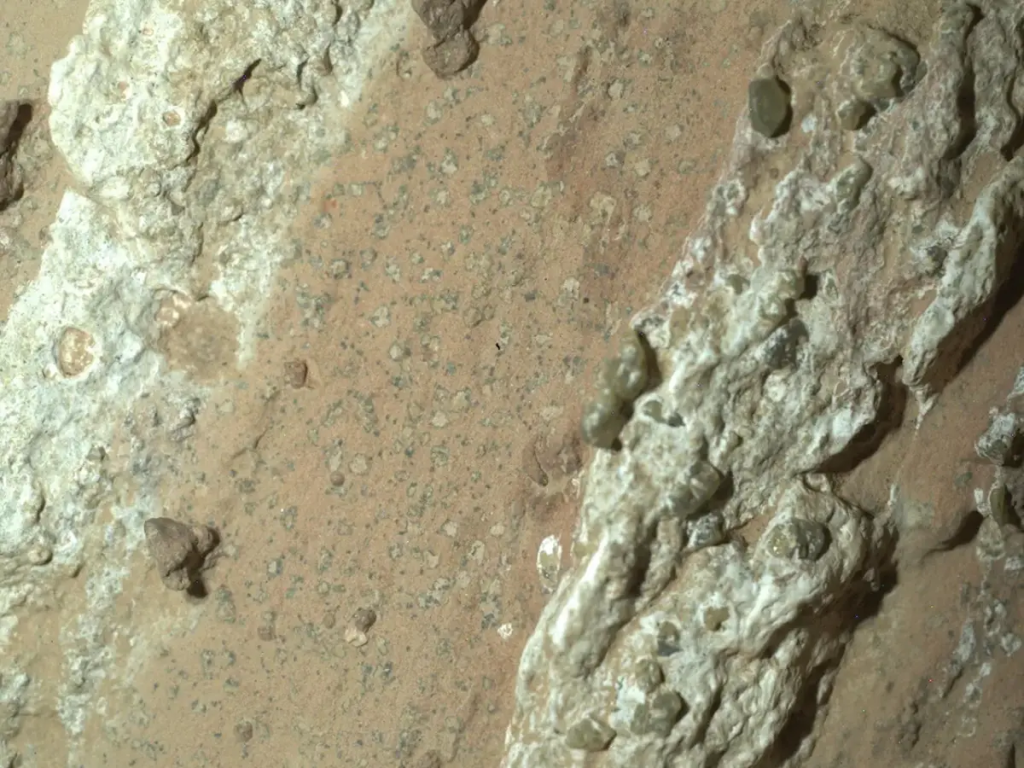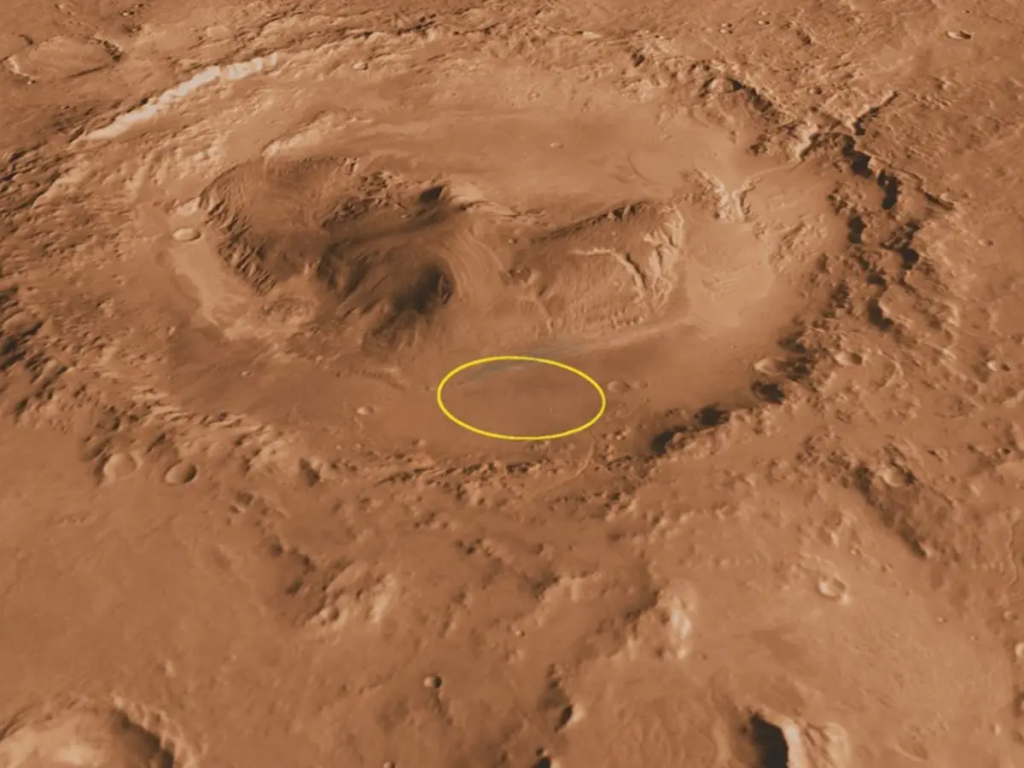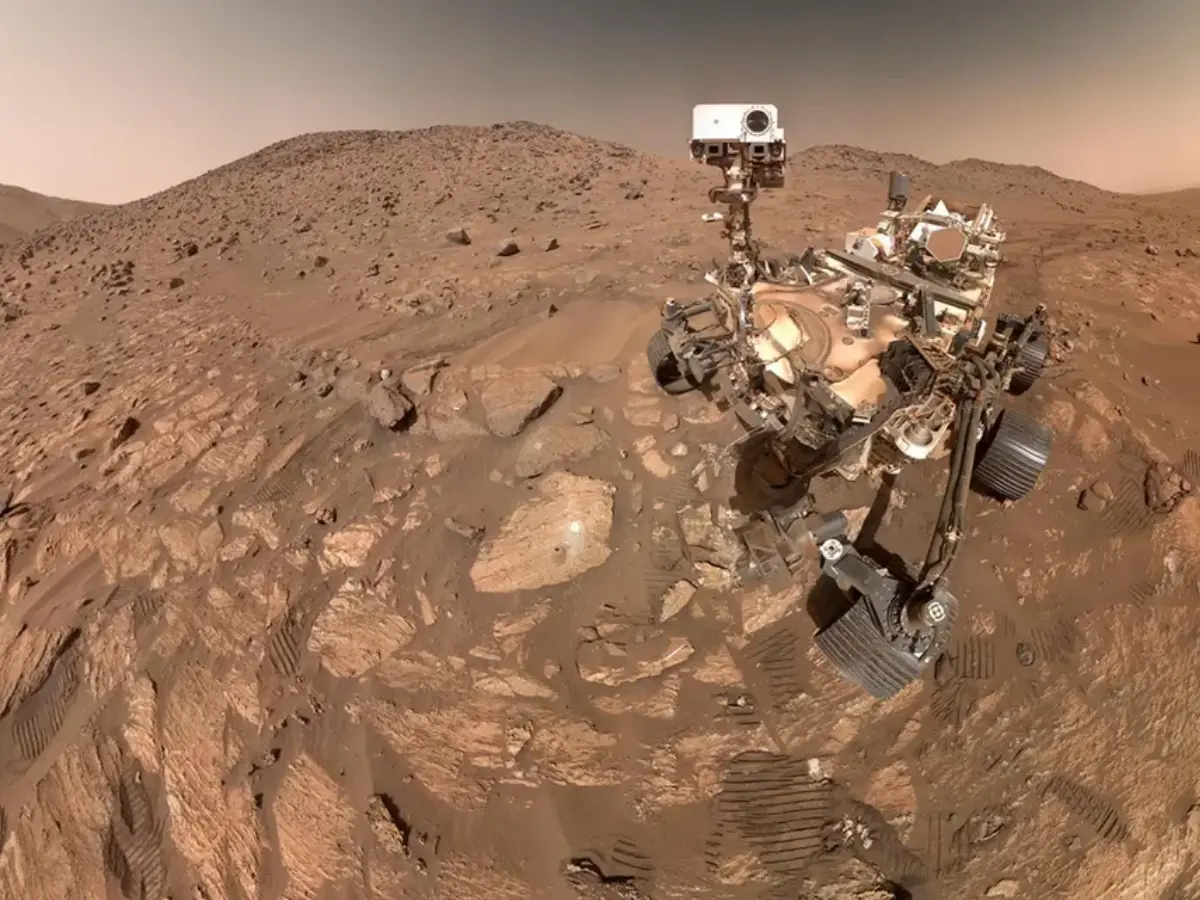NASA has announced what may be its most compelling evidence so far for past life on Mars. Billions of years ago, the red planet is thought to have hosted conditions far more hospitable than today. Over the last two decades, a fleet of orbiters, rovers, and even a small helicopter (retired in 2024) has been investigating Mars’ landscape for traces of its watery past. Images and measurements have confirmed that rivers and lakes once carved channels across the Martian surface.

In 2024, NASA’s Perseverance rover drilled into a dried riverbed in Jezero Crater, retrieving rock cores that have since become a major focus of study. One sample—nicknamed “Sapphire Canyon” and collected from a formation called Cheyava Falls—contains chemical patterns that scientists say may point to biological processes. The findings, recently published in Nature, add weight to the idea that Jezero Crater once harbored conditions favorable to life. NASA intends to continue exploring the ancient Neretva Vallis channel nearby to widen the search.
Jezero Crater remains the prime candidate for evidence of ancient Martian life. Perseverance has been systematically studying this region since 2021, collecting material for eventual return to Earth. According to NASA, Jezero exhibits “promising signs” of once being a life-friendly environment, potentially preserving biosignatures from billions of years ago.
Other sites on Mars may also hold crucial clues. Gale Crater, a 154-kilometer-wide depression examined by NASA’s Curiosity rover since 2012, is thought to have contained a freshwater lake with fast-moving streams 3.8 billion years ago. Its clays and sulfate minerals—formed under differing water conditions—record a diverse geologic history that could reveal how long liquid water persisted.
Beyond craters, Mars hosts vast canyon systems. Valles Marineris—the largest canyon complex in the Solar System—extends roughly 4,000 kilometers and plunges up to 8 kilometers deep. Scientists suspect it once housed multiple ancient lakes. Its proximity to the Tharsis volcanic bulge, home to Olympus Mons and other colossal volcanoes, suggests possible interactions between water and volcanic heat—potentially a boon for microbial ecosystems.

Hellas Basin (or Hellas Planitia), an enormous impact scar at one of Mars’ lowest elevations, also shows signs of once holding lakes. Its extreme depth, frost, cloud activity, and likely geothermal heat sources could have created localized environments suitable for microbial life.
Another intriguing target is the Eridania Lake system, estimated to have once spanned over 1.1 million square kilometers. Rich in magnesium-bearing clays and opaline silica, the site preserves chemical traces of an ancient hydrothermal seafloor. Data from NASA’s Mars Reconnaissance Orbiter suggest vent-like deposits there, similar to Earth’s deep-sea hydrothermal systems that teem with life.
Taken together, these sites highlight not just isolated water activity but potentially long-lived, energy-rich habitats—key ingredients for life. Whether Mars ever actually hosted living organisms remains unproven, but NASA’s ongoing missions are narrowing the search to the most promising locations.



